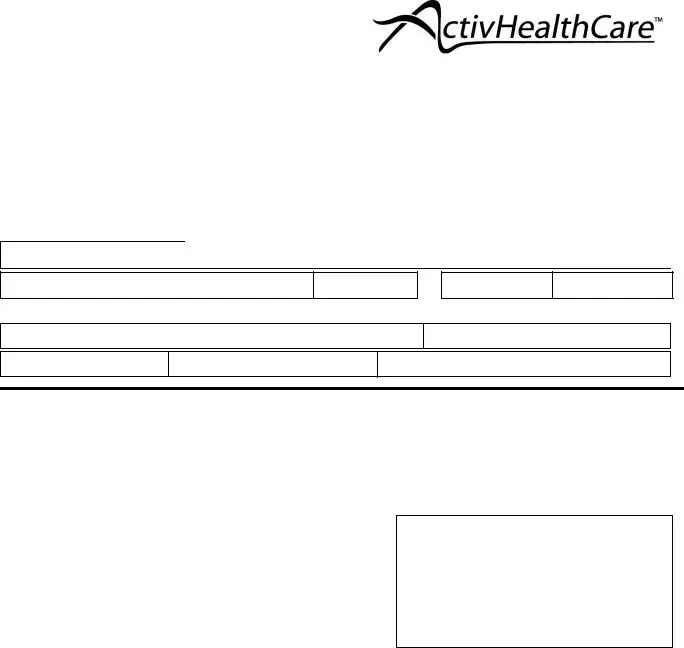What is the Chiropractic Treatment Plan form?
The Chiropractic Treatment Plan form is essential for documenting a patient's diagnosis, treatment plan, and progress in a chiropractic practice. It allows healthcare providers to outline the patient's care needs and ensures that insurance documentation is accurate and complete. By filling out this form, practitioners can secure the necessary authorizations for treatment from insurance providers.
Why is it important to fill out the form completely?
Completing the form fully and accurately is crucial, as any missing or incorrect information can lead to delays in treatment authorization. Insurers often require detailed documentation to process claims. If the form isn’t filled out completely, it will be returned without authorization, potentially hindering the patient's access to necessary care.
What information is required in the form?
The form requires several key pieces of information, including patient information (name, date of birth, etc.), provider details (name, tax ID number), diagnoses (both prior and current), the patient's treatment history, and specific treatment goals. This comprehensive data ensures that everyone involved in the patient's care has a clear understanding of their medical needs.
What is the significance of the ICD-9 codes listed on the form?
ICD-9 codes serve as standardized identifiers for diagnoses. They play an important role in billing and insurance claims, ensuring that treatments align with the correct medical conditions. These codes help communicate the reasons for treatment clearly, which is vital when working with insurance companies.
How does the form address ongoing treatment needs?
The Chiropractic Treatment Plan form specifically asks about the number of additional visits requested and the timeline for those visits. By detailing the patient's treatment plan, the provider can effectively communicate how many sessions are necessary and over what period, which is crucial for both patient care and insurance purposes.
What does the section about pain levels indicate?
This section allows the practitioner to assess the patient's progress. By noting the initial and current pain levels, healthcare providers can track improvements and adjust treatment as necessary. This information not only helps in creating an effective treatment plan but also provides evidence of progress to insurance providers.
How does the form facilitate communication between the provider and the patient?
The form promotes open dialogue by including questions about the patient's condition, compliance with treatment, and any unusual circumstances impacting recovery. This captures comprehensive information, which can help in tailoring the treatment plan and addressing any barriers a patient may face during recovery.
What happens if the patient is new to the office?
If the patient is new to the office, the practitioner will need to check the corresponding box on the form, allowing the provider to identify the patient's background and treatment history. This information is critical for determining the most appropriate treatment strategy and ensuring continuity of care, particularly for new patients with no prior records.
Can the form be modified for different patients?
While the structure of the Chiropractic Treatment Plan form remains generally consistent, certain sections can be tailored based on individual patient needs. This adaptability helps ensure that the treatment plan is personalized while still adhering to insurance and documentation requirements.

